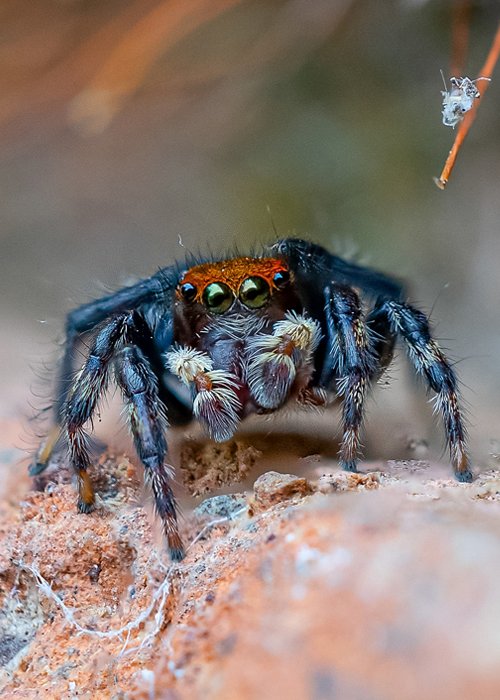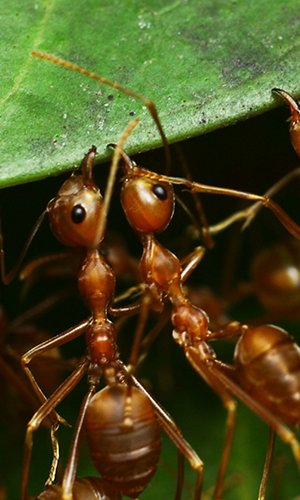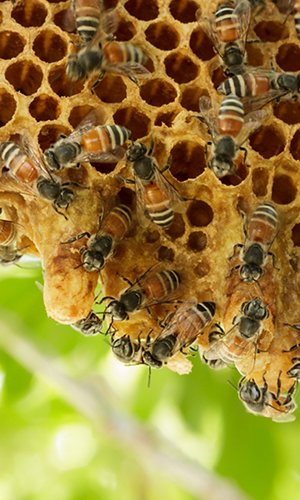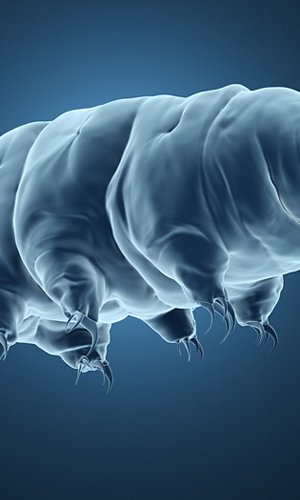It’s estimated that there are 50,000 species of spiders on Earth, covering a huge range of sizes, colours, and habits—from the gigantic Goliath birdeater to the tiny dwarf weaving spider. It’s a world of eight-legged wonders that never ceases to amaze. There are three spider species, in particular, that stand out due to their unusual diets: Bagheera kiplingi, Evarcha culicivora, and Dysdera crocata, known as the vegetarian spider, the vampire spider, and the spider with a knife and fork. Bagheera kiplingi (named as a tribute to the author of “The Jungle Book”) is the only spider known to have a mostly vegetarian diet. It feeds on the tips of the leaves of a specific acacia plant, which are rich in proteins and nutrients. Armies of ants patrol the acacias to protect the precious leaves, but the small greenish spider—yes, it blends in with the plant—manages to sneak past the guards and feast on the tasty leaves.
Evarcha culicivora, nicknamed the “vampire spider,” has a particular taste for mosquitoes with bellies full of blood they’ve just sucked from a mammal, including humans. So, it craves blood like a vampire, but unlike its legendary counterpart, this spider doesn’t bite its victims’ necks—it’s more of a second-hand vampire. Since Evarcha culicivora mainly preys on mosquitoes of the Anopheles genus (infamous carriers of the malaria-causing microorganism), this little spider is a crucial ally in controlling a disease that claims hundreds of thousands of lives each year, especially in poorer countries.
Dysdera crocata is a rather creepy-looking spider that specializes in hunting woodlice—those armoured little creatures that are a challenge for most predators. Woodlice, also called pill bugs, are crustaceans like shrimp and crabs that have adapted to living on land. We’re all familiar with them. They use their hard shell as a shield and roll up into a ball to avoid attacks. Some species even emit toxic secretions as an extra defence. But Dysdera crocata has developed long, pincer-like fangs (called chelicerae) that it uses to grab the woodlice before they can curl up. Usually, spiders use chelicerae to inject venom into their prey, but Dysdera crocata uses them like a knife and fork to catch its meal before it retreats into its shell.





